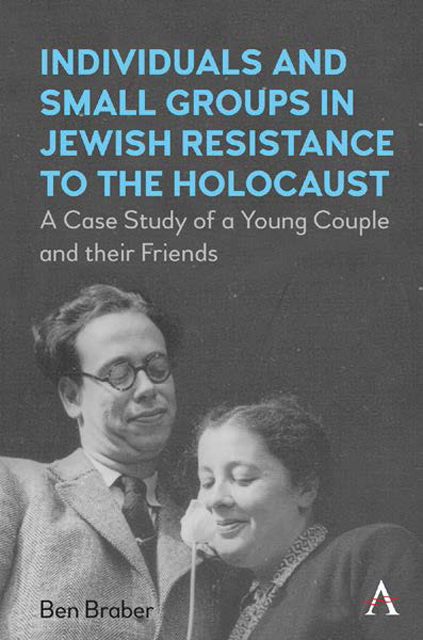 Individuals and Small Groups in Jewish Resistance to the Holocaust
Individuals and Small Groups in Jewish Resistance to the Holocaust Summary
On his thirty third birthday Nol narrowly escaped death. It was Sunday 23 February 1941 when he witnessed, from the window of his apartment, a raid to capture Jews: ‘The Germans blocked the bridge. They grabbed everybody.’ Fortunately, Nol had just returned home, when the Germans started to pick up Jewish men at random from the streets of Nol's neighbourhood. Hundreds were taken and carried off. Later Nol and Ter heard that the German action was a reprisal.
What had happened that warranted this retaliation?
Following the surrender of the Dutch army in May 1940 the expected pogroms failed to materialise, but the Germans did announce and implement anti-Jewish decrees. For example, in July 1940 Jews were removed from the air-raid defence service. More serious were their dismissals in business, broadcasting and the press. In addition, Jews were hard hit by some general measures. For instance, when ritual slaughter was outlawed. Or when German citizens in the Netherlands had to report at special alien registration offices. The common response of Jews to these measures at this stage was one of apprehension, but otherwise they were trying to carry on as usual and make the best of their lives, very much like the rest of the Dutch population.
This ‘wait and see’ attitude is understandable. From today's perspective it may seem as if the persecution of Jews in the Netherlands was stepped up in degrees – registration, segregation, isolation, deportation and extermination. However, until January 1942 the National Socialists did not execute a coherent plan for dealing with the Jews in Western Europe. The German authorities in the Netherlands took numerous measures, but for contemporaries there appeared to be little cohesion. The apparent lack of strategy was amplified by the competition between various service departments in the occupying forces and the Dutch National Socialists. This caused confusion among Jews, if not total incomprehension. It was therefore impossible for Ter and Nol to foretell the results of specific German actions and to judge in advance which reactions would have the best outcomes.
Nevertheless, the tide was rising. The first anti-Jewish measures were followed in October 1940 by the so-called Aryan declaration: public sector workers had to state in this document that they weren't Jewish.
- Type
- Chapter
- Information
- Individuals and Small Groups in Jewish Resistance to the HolocaustA Case Study of a Young Couple and their Friends, pp. 35 - 52Publisher: Anthem PressPrint publication year: 2022
